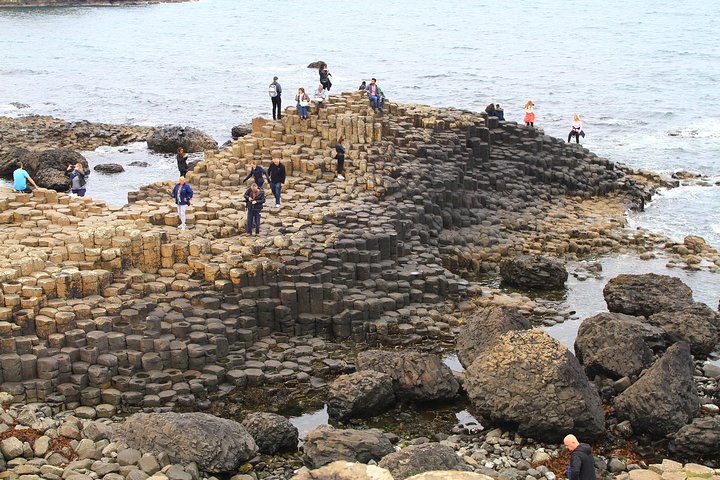Exploring Ireland’s Printing Legacy: A Journey Through Dublin’s National Print Museum
Drawn by the allure of Ireland’s printing history, I embarked on a journey through Dublin’s National Print Museum. Guided by the charismatic Varvara Fadeeva, I discovered the stories behind the presses that shaped history.
A Journey Through Time: The National Print Museum
As a former professor of European history, I have always been fascinated by the evolution of communication and its profound impact on society. My recent visit to Dublin’s National Print Museum, as part of the Printing Heritage Tour, was a delightful exploration of Ireland’s rich printing history. Accompanied by my wife, we joined a group of eager visitors, all ready to delve into the world of print.
Our guide for the day was the charismatic Varvara Fadeeva, a Ukrainian-speaking storyteller whose passion for the subject was infectious. Her unique style and engaging narrative brought the history of printing to life, making the tour an unforgettable experience. Varvara’s storytelling was complemented by her own literary achievements, including her 520-page book, “The Caretaker and Her Lighthouse,” which added an extra layer of depth to her insights.
The tour began with an introduction to the three main stages of printing: composition, printing, and finishing. We were shown the composing cases, where each letter is an individual piece, a testament to the meticulous craftsmanship of early printers. The highlight of this section was a replica of Johannes Gutenberg’s press, famously used in the TV series “The Tudors” before finding its home at the museum.
The Machines That Shaped History
As we moved through the museum, we encountered a variety of printing presses, each with its own story to tell. One of the most intriguing was the Columbian printing press, an American creation adorned with a fish design that symbolizes the elegance and speed of the printing process. This press required two operators, a reminder of the collaborative effort involved in early printing.
The centerpiece of the museum’s collection is undoubtedly the printing press used to produce the Irish Proclamation of Independence on Easter Monday, April 24, 1916. Varvara recounted the thrilling tale of how this document was printed in secret at Liberty Hall, with a play staged simultaneously to mask the noise. Holding an original copy of the proclamation, I felt a profound connection to this pivotal moment in Irish history.
Our guide, Ciaran, also played a crucial role in engaging the younger members of our group. His interactive demonstrations allowed the teenagers to try their hand at printing, using a punch that was once part of the process. Ciaran’s creativity shone through when he crafted an origami swan for the children, sparking their curiosity and enthusiasm.
A Personal Touch and Lasting Impressions
The tour concluded with an opportunity to compose our names in type and print personalized posters, a hands-on experience that left a lasting impression. As I watched my name emerge from the press, I couldn’t help but reflect on the power of print to preserve and share knowledge across generations.
The National Print Museum offers more than just a glimpse into the past; it provides a tangible connection to the stories and innovations that have shaped our world. The temporary exhibitions, which have previously explored themes such as political prints and theatre posters, add an ever-changing dimension to the museum’s offerings.
For those with a passion for history and a curiosity about the evolution of communication, the Printing Heritage Tour is an experience not to be missed. Whether you’re drawn to the technical aspects of printing or the historical narratives behind each artifact, this tour promises to captivate and inspire. As I left the museum, I felt a renewed appreciation for the printed word and its enduring legacy.










































